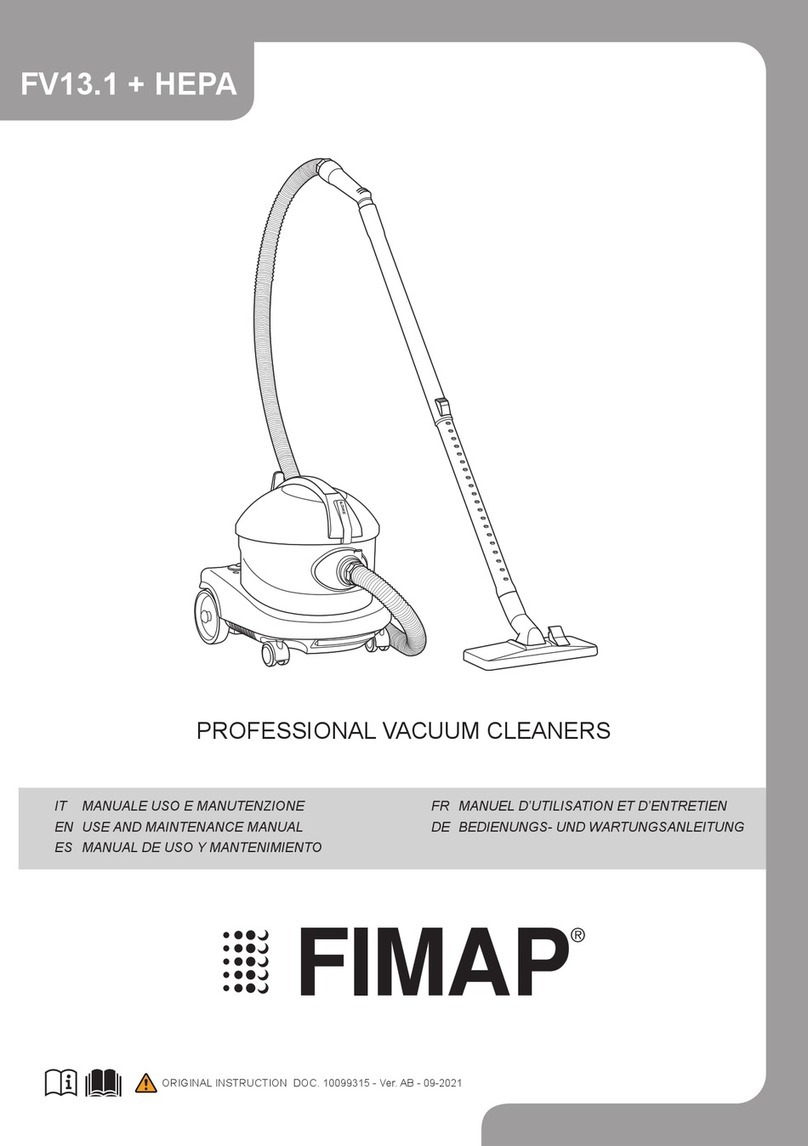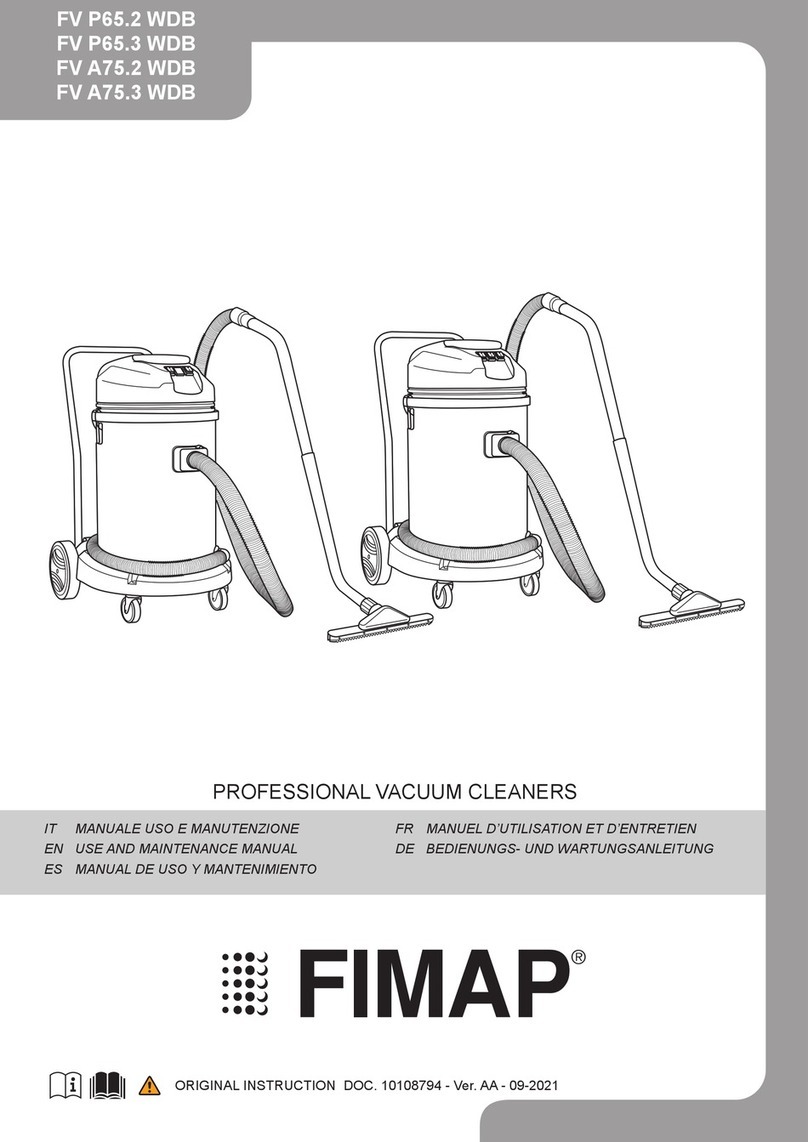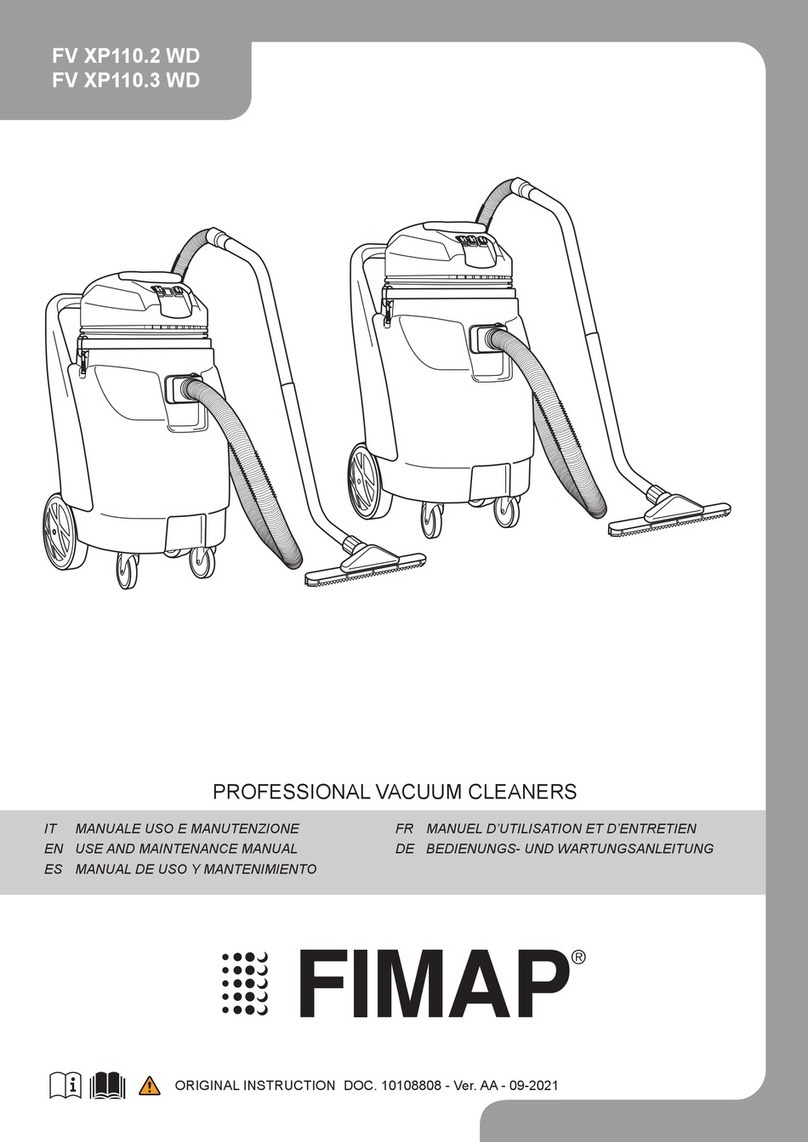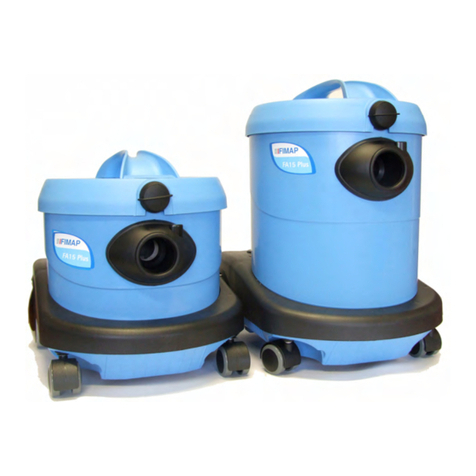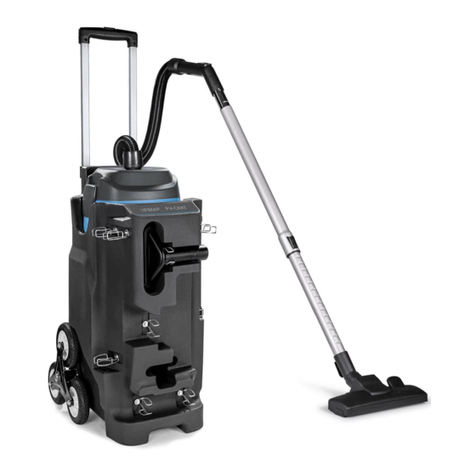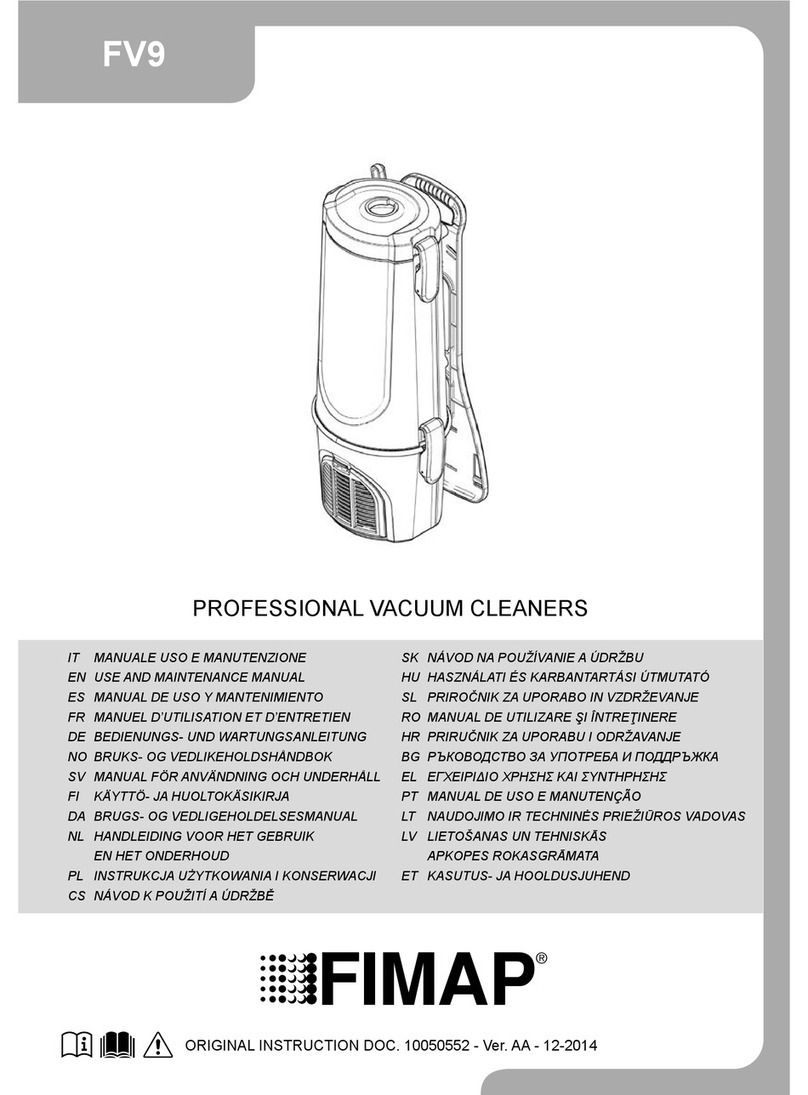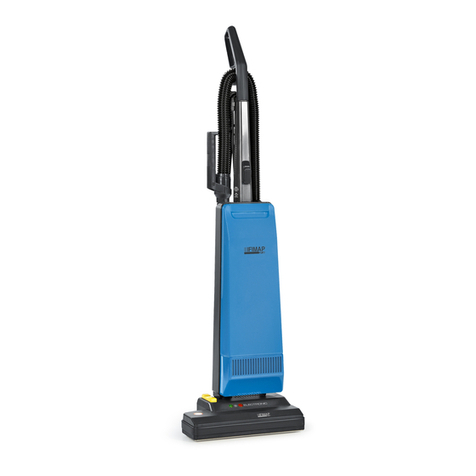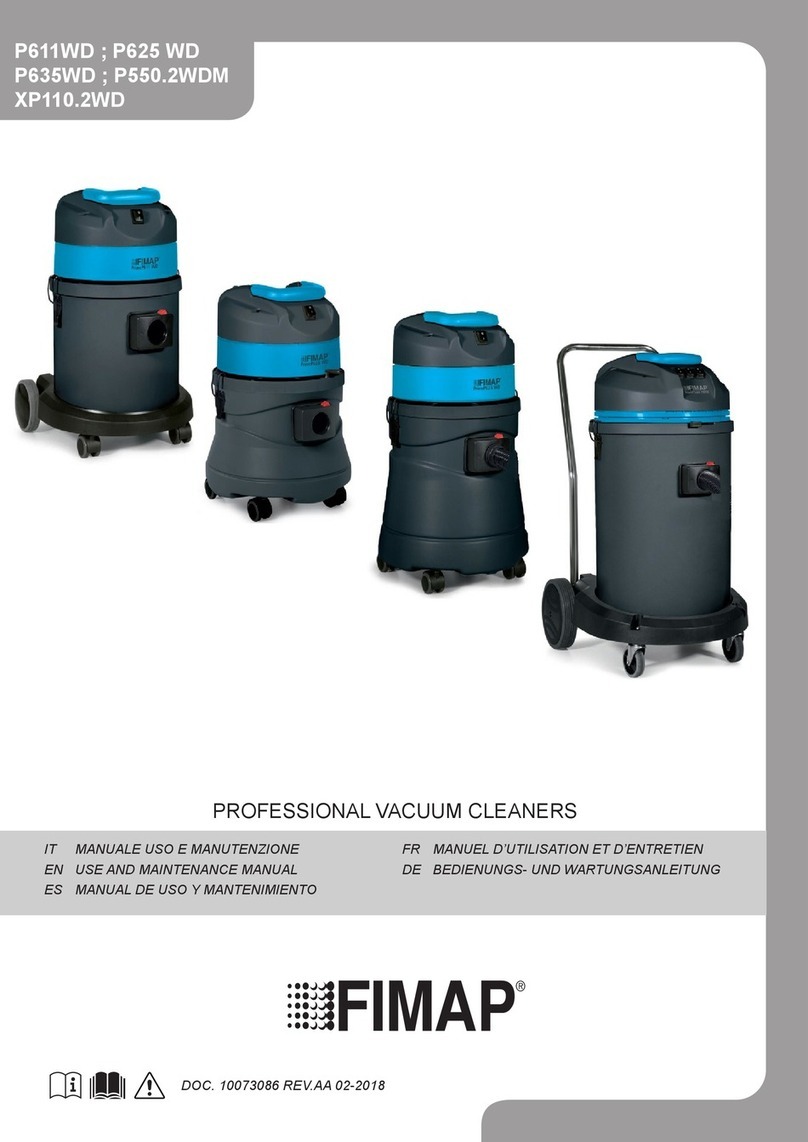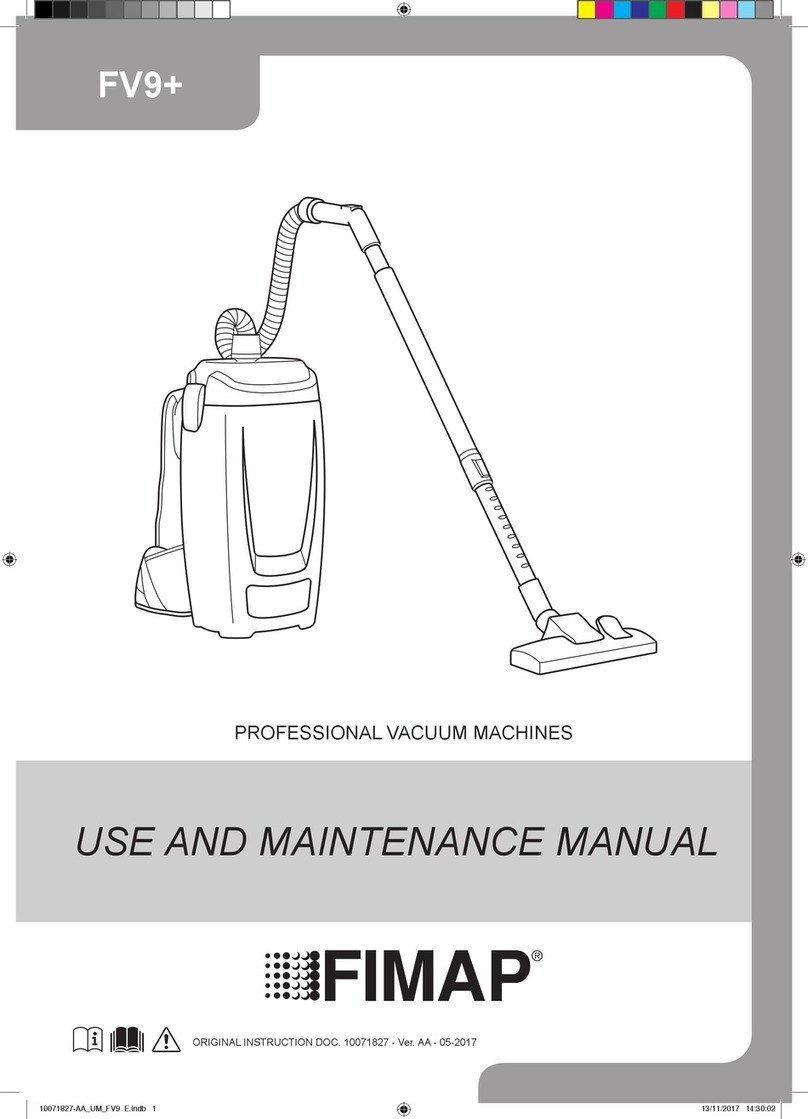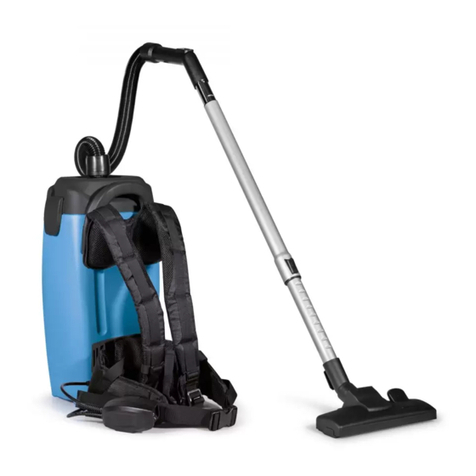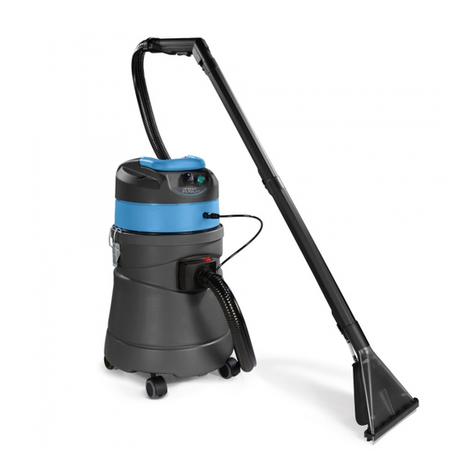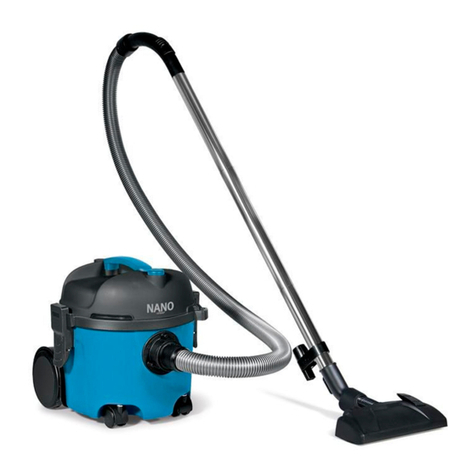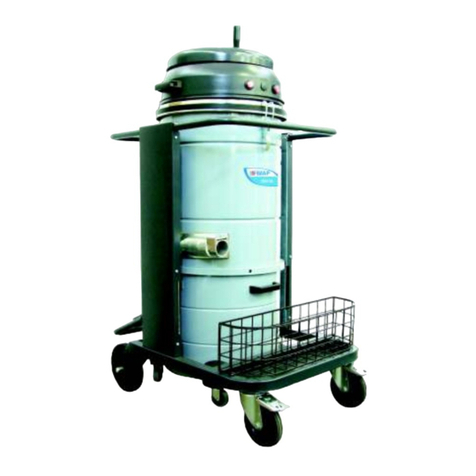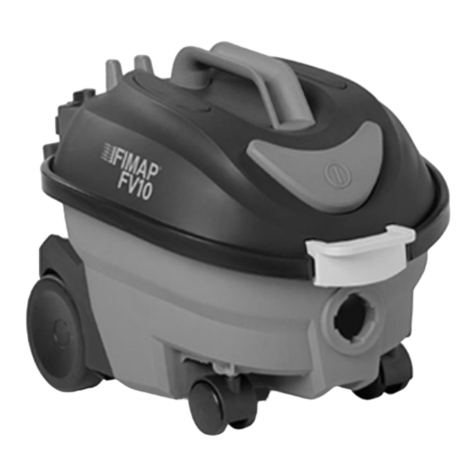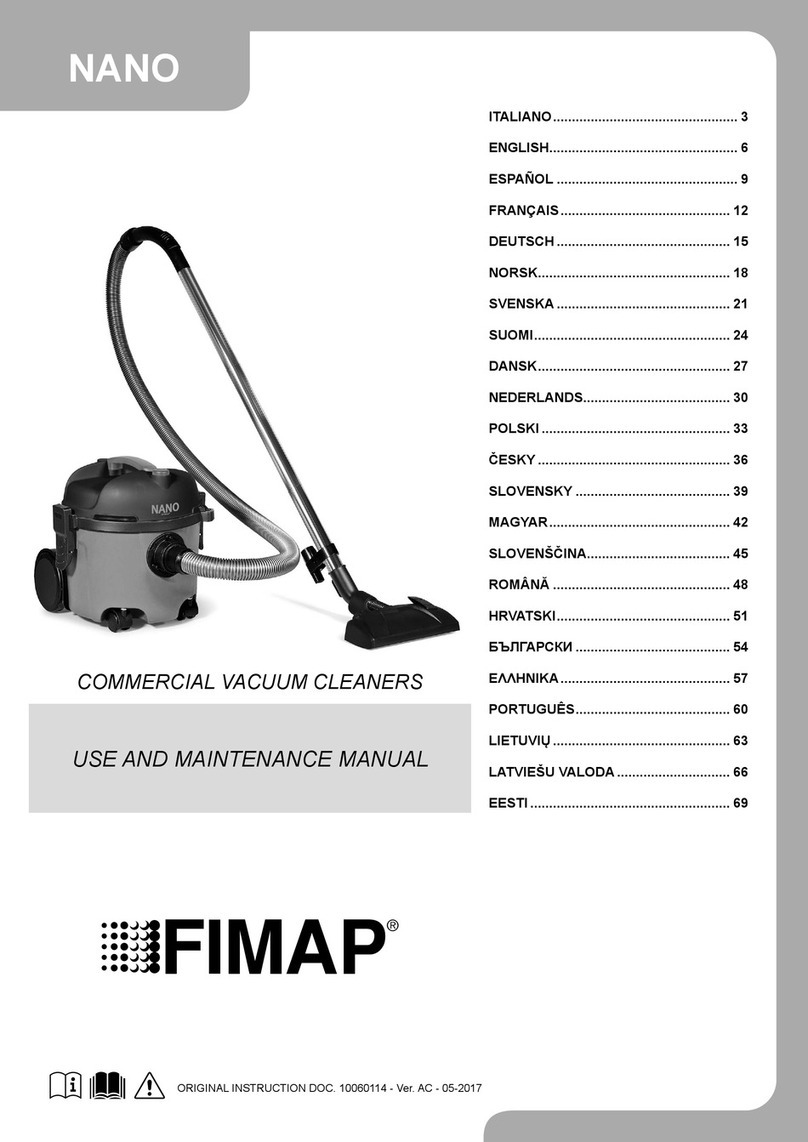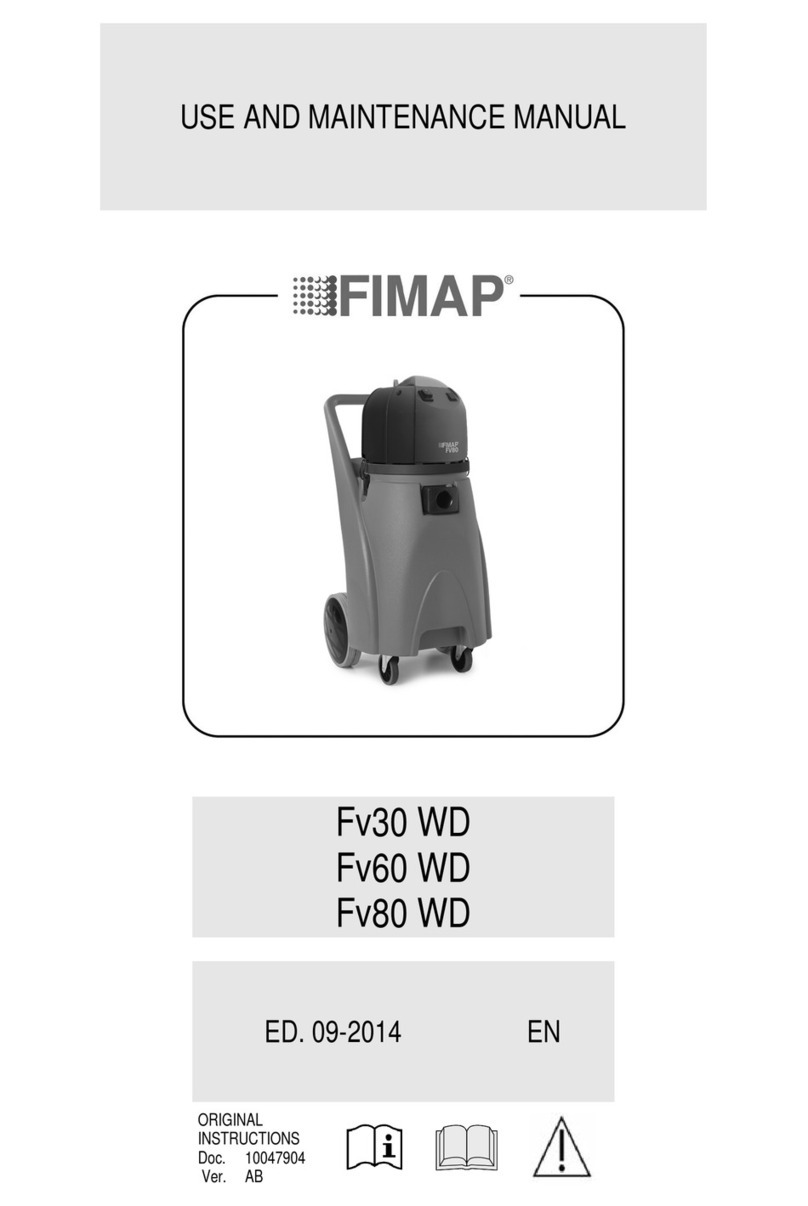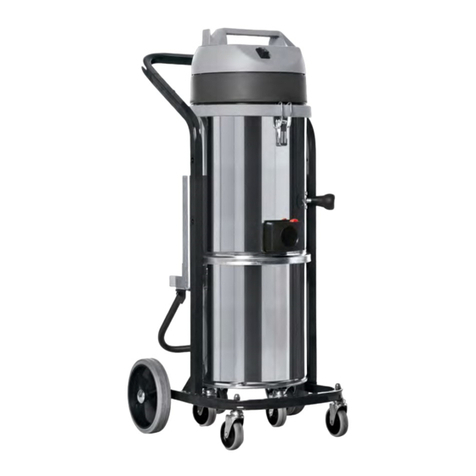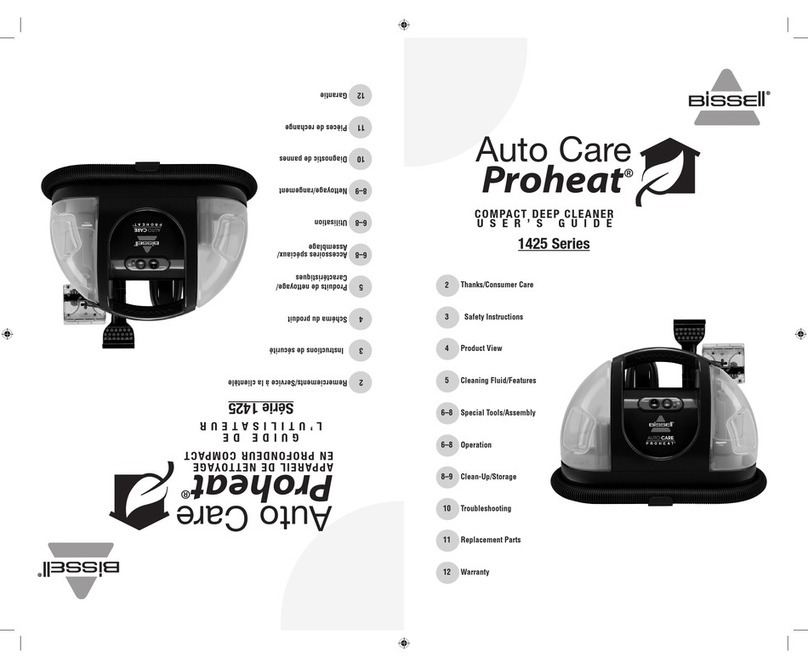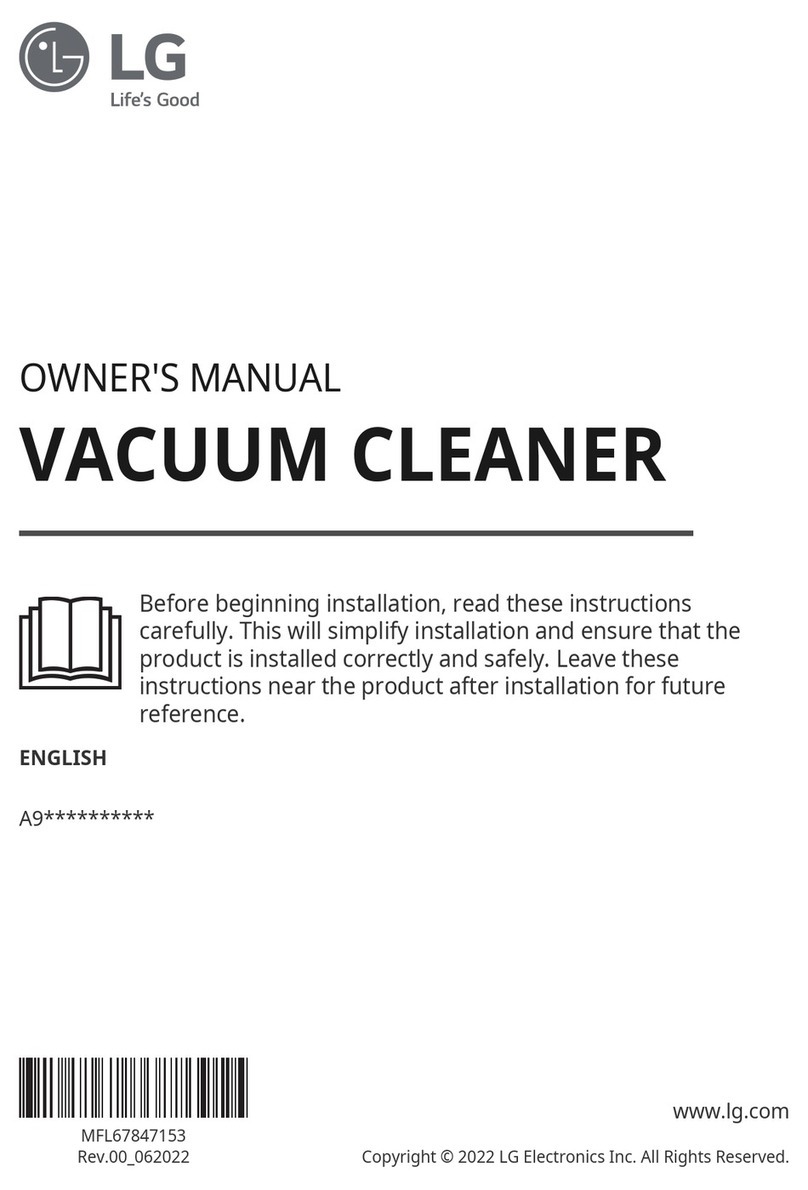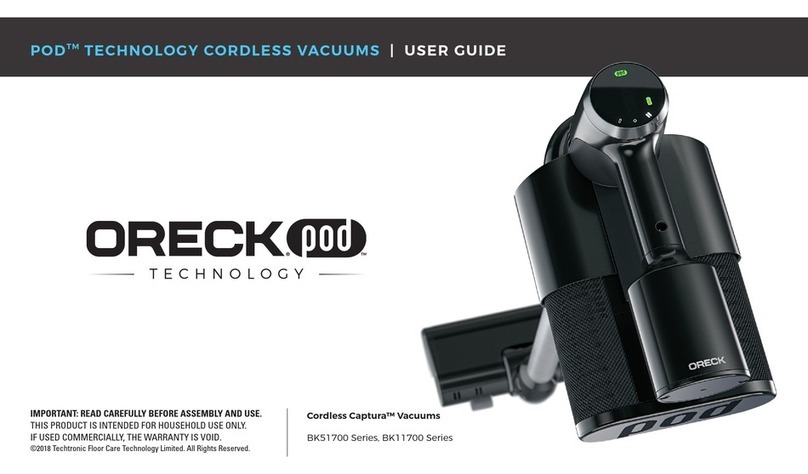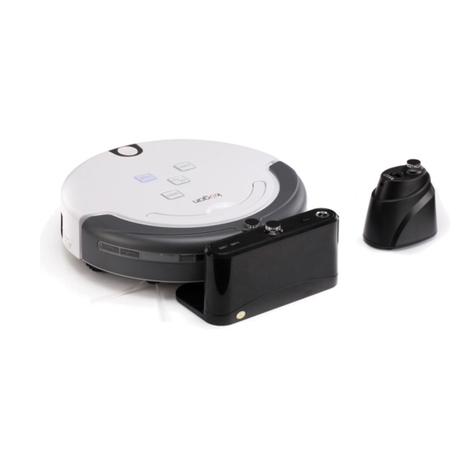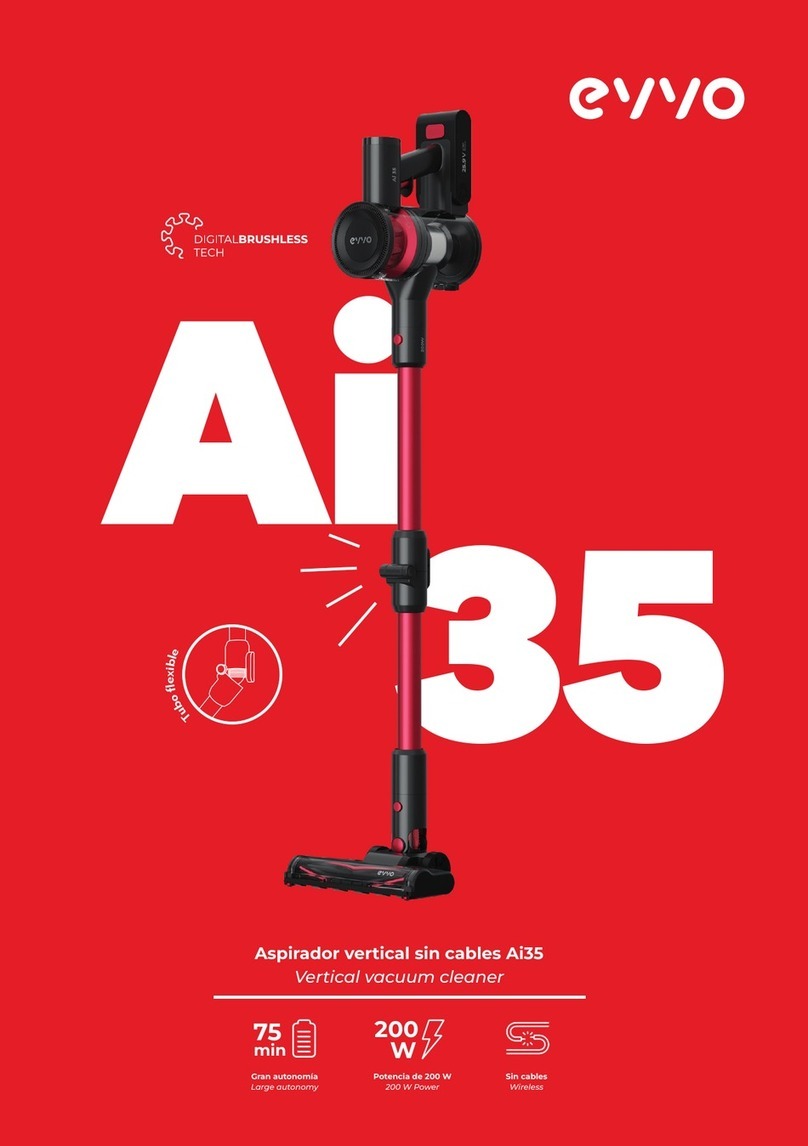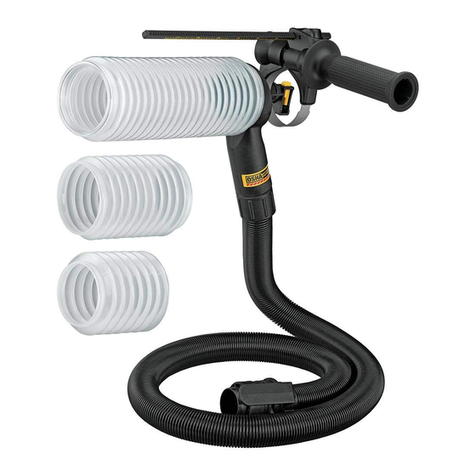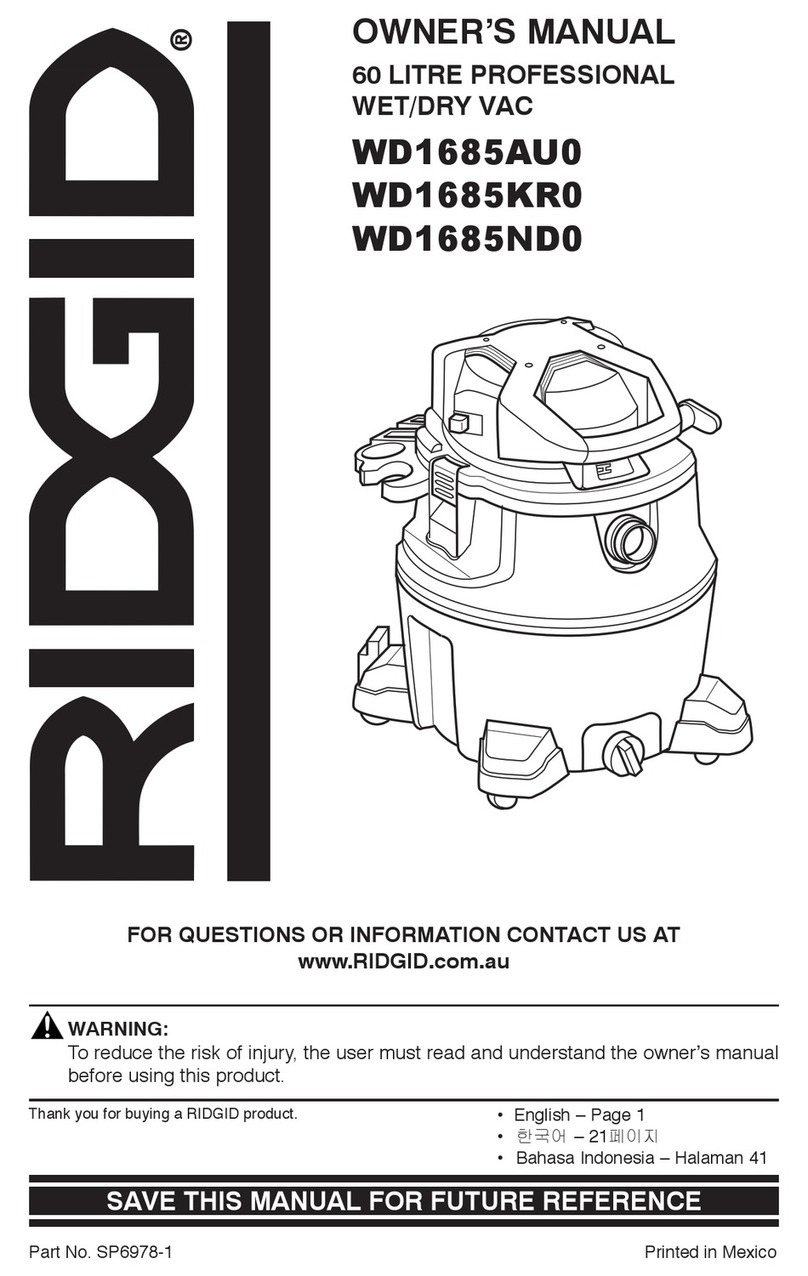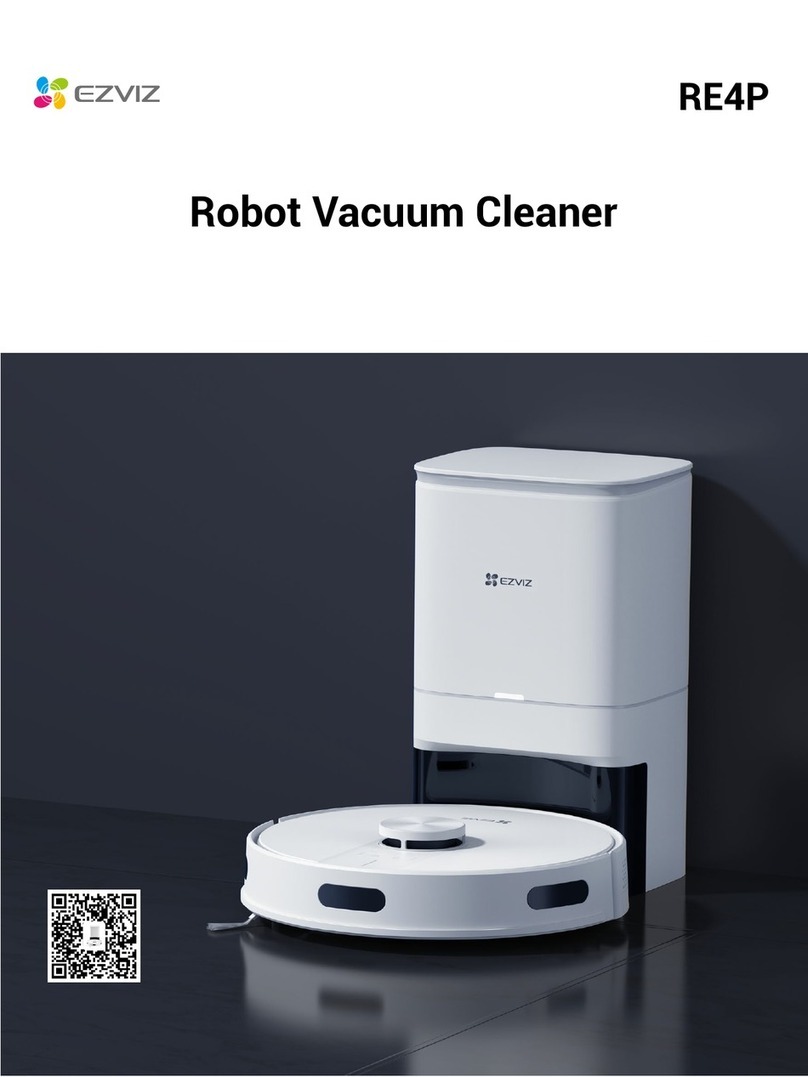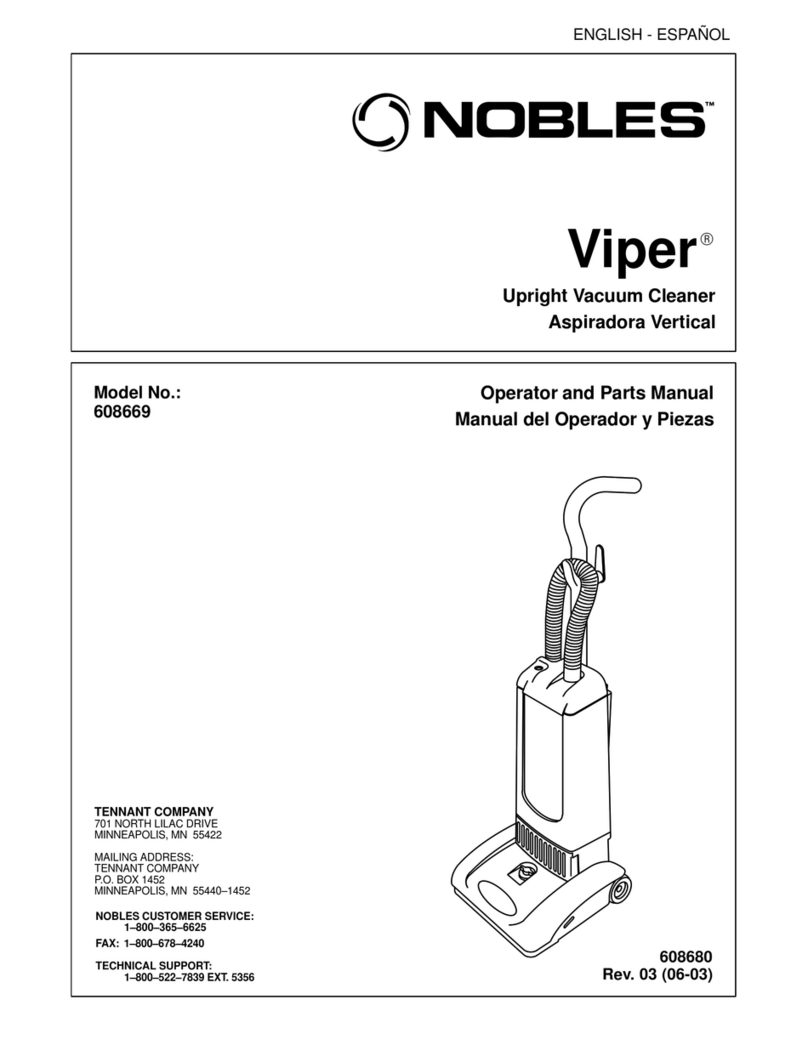
CONTENTS
CONTENTS......................................................................................................... 5
DEFINITION OF LEVELS OF WARNING........................................................... 6
GENERAL SAFETY REGULATIONS ................................................................. 6
GENERAL DESCRIPTION ................................................................................. 6
SYMBOLS USED IN THE MANUAL........................................................................................ 7
TARGET GROUP .................................................................................................................... 7
PURPOSE AND CONTENT OF THE USER AND MAINTENANCE MANUAL ....................... 7
STORING THE USE AND MAINTENANCE MANUAL ............................................................ 8
ON DELIVERY OF THE APPLIANCE ..................................................................................... 8
TECHNICAL DESCRIPTION................................................................................................... 8
INTENDED USE...................................................................................................................... 8
SAFETY................................................................................................................................... 8
SERIAL NUMBER PLATE ....................................................................................................... 9
TECHNICAL DATA ............................................................................................. 9
PREPARING THE APPLIANCE........................................................................ 10
HANDLING THE PACKED APPLIANCE ............................................................................... 10
HOW TO UNPACK THE APPLIANCE................................................................................... 10
HOW TO TRANSPORT THE APPLIANCE............................................................................ 10
APPLIANCE SAFETY.............................................................................................................11
INSERTING THE FILTER - COLLECTION BAG (OPTIONAL) ..............................................11
WORK PREPARATION CHECKLIST............................................................... 12
STARTING WORK (DRY VACUUM CLEANER) .............................................. 13
STARTING WORK (WET VACUUM CLEANER).............................................. 13
AT THE END OF THE WORK........................................................................... 14
EMPTYING THE COLLECTION TANK ................................................................................. 15
ROUTINE MAINTENANCE............................................................................... 16
EXTRAORDINARY MAINTENANCE................................................................ 17
REPLACING THE CARTRIDGE FILTER .............................................................................. 17
SELECTION AND USE OF THE ACCESSORY ............................................... 18
DISPOSAL ........................................................................................................ 19
TROUBLESHOOTING...................................................................................... 19
EC DECLARATION OF CONFORMITY ........................................................... 20
UKCA DECLARATION OF CONFORMITY ...................................................... 21
Page 5 of 24
